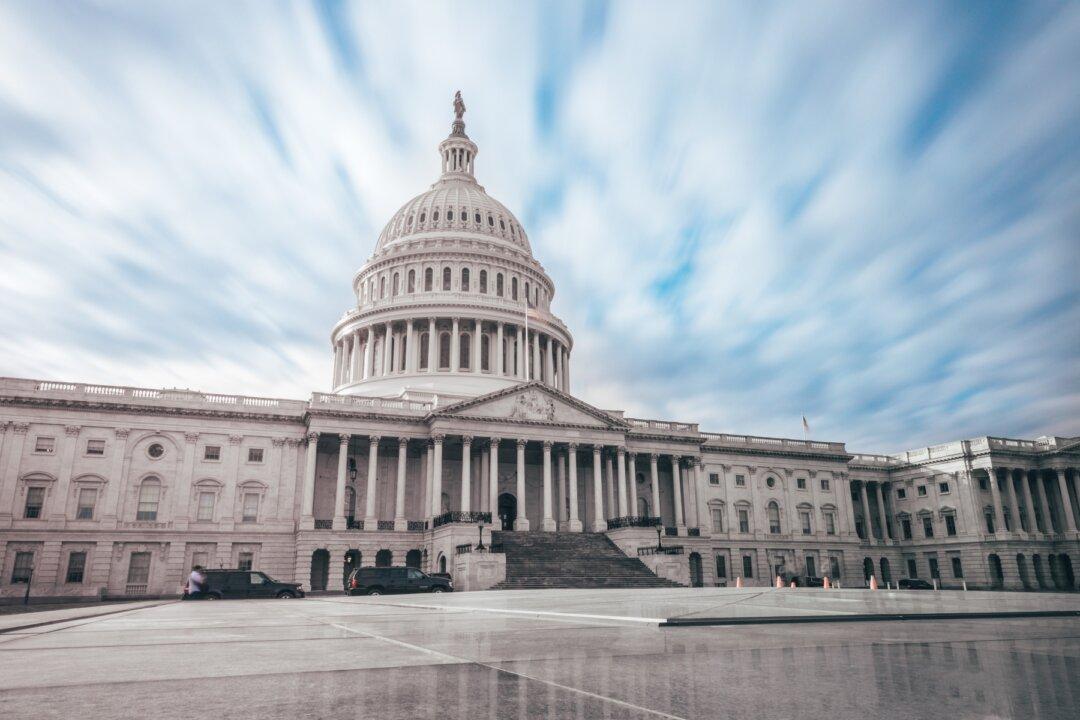Commentary
The new projections for the U.S. population from the U.S. Census Bureau show dramatic ongoing changes in the ethnic makeup of the nation.

The new projections for the U.S. population from the U.S. Census Bureau show dramatic ongoing changes in the ethnic makeup of the nation.